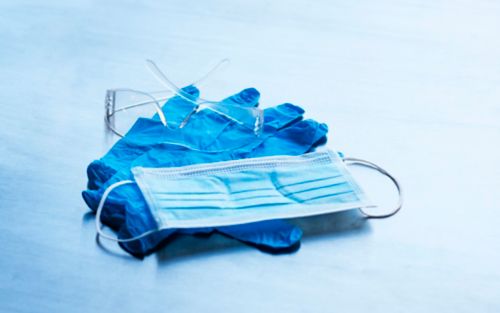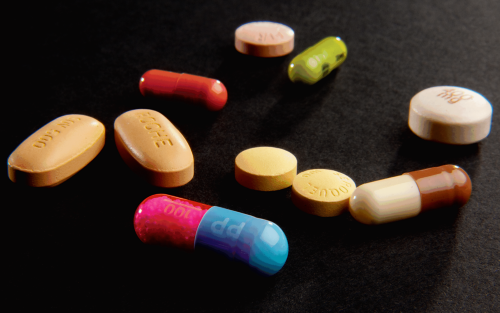Your child may need some medicines by IV. This means that the medicine is given into a vein as an intravenous (IV) injection or infusion. For some patients, IV medicines can be given at home. Because these medicines are given into the bloodstream, steps must be followed to reduce risk of infection.
Before giving IV medications at home, family caregivers should be trained in proper handwashing and aseptic technique, using the infusion device, and recognizing signs of an allergic reaction or infection. Some medicines can be harmful to caregivers, and extra care may be needed when handling and disposing of the medicine.
Usually, children who get IV medicines at home have a central venous catheter, but some medicines may be given by peripheral IV.
IV medicines may be given by different methods. These include:
- Push method: Medicine is given from the syringe into the catheter over a short period of time. This may also be known as a bolus injection.
- Infusion: Medicine is given at a controlled rate over a longer period of time. Some medicines are given as short infusions over 15 minutes to an hour. Others are given as continuous infusions over several hours to days. An external pump or device regulates the rate of the infusion.
Below are general steps for giving IV medicines at home. Specific procedures depend on the type of medicine and device used. Always follow the instructions given by your care team.
NOTE: The process of preparing the medicine will vary depending on the medication. It could include adding a liquid solution such as sterile water to a powdered drug, withdrawing a dose from a vial, or adding medicine to an infusion bag.
Troubleshooting your infusion device
IV pumps vary by manufacturer, but some problems can be solved by checking some simple glitches:
- Check the battery position and charge
- Check the syringe placement
- Check tubing for kinks and blockages
- Check the rate of infusion for too fast or too slow
If these steps fail to resolve an issue, contact your care provider for further instructions.
Dispose of used supplies properly.
Appropriate disposal of home IV supplies is important to ensure that the patient, caregivers, and others stay safe from infection and injury.
- Medications: Many drugs can be disposed of in the garbage. Others have very specific requirements for disposal. Your pharmacist should provide drug-specific instruction on proper disposal.
- Sharp materials: Patients and families using home IVs should always be supplied with a sharps container to dispose of all sharp objects. This includes glass vials and needles. Do not fill the container more than 2/3 full. If the container becomes too full, the risk for accidental injury increases. Your provider will let you know how to return used sharps containers for safe disposal and get a new one.
- Other supplies: Other equipment, including syringes, plastic saline or sterile water bottles, cleaning supplies, gloves, and tubing sets can usually be thrown away in ordinary trash bins. However, this is not always true. Always check with your doctor or pharmacist when starting a new medicine.



